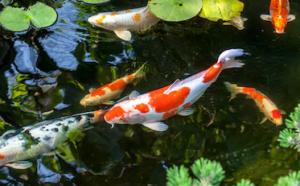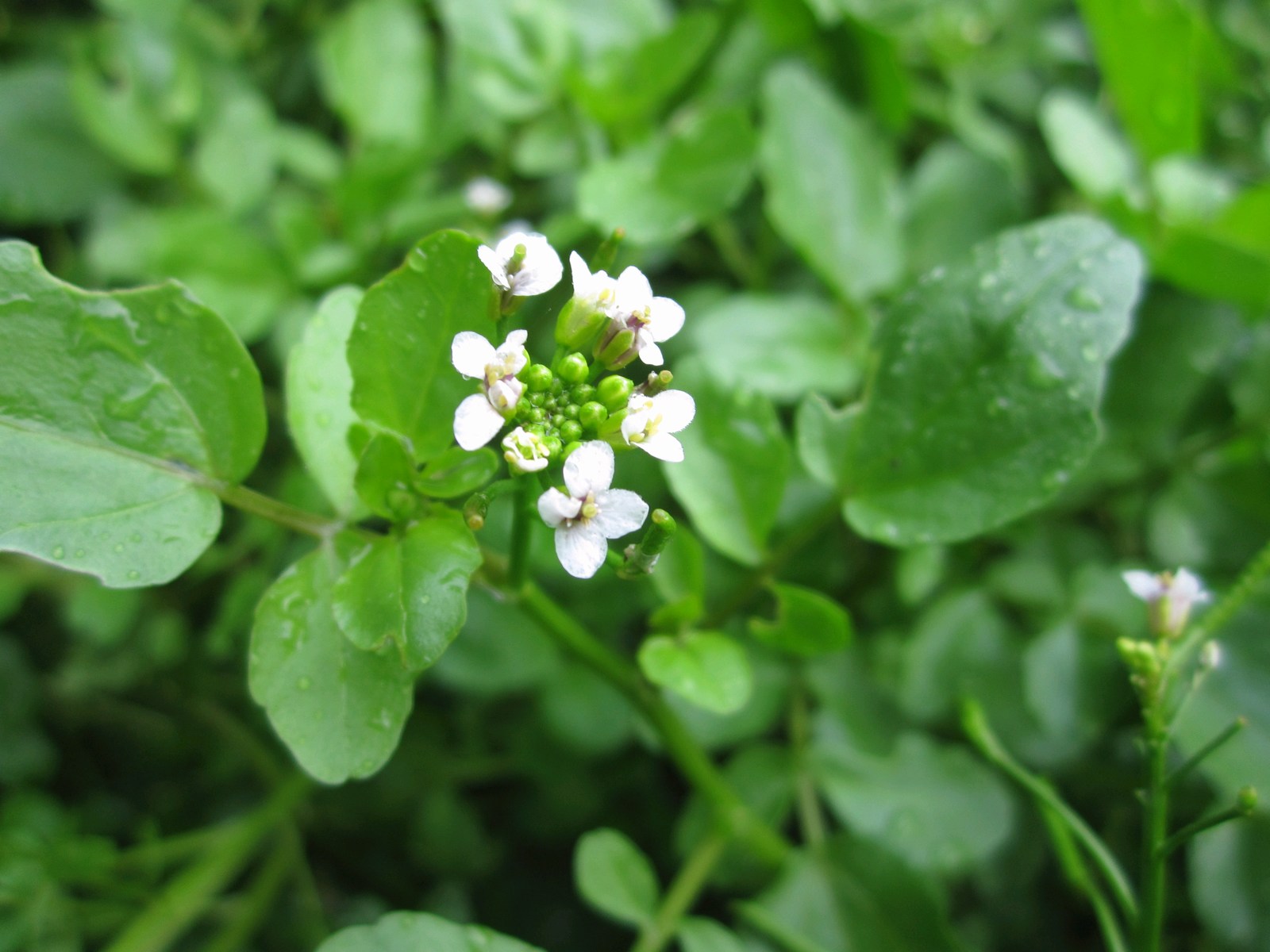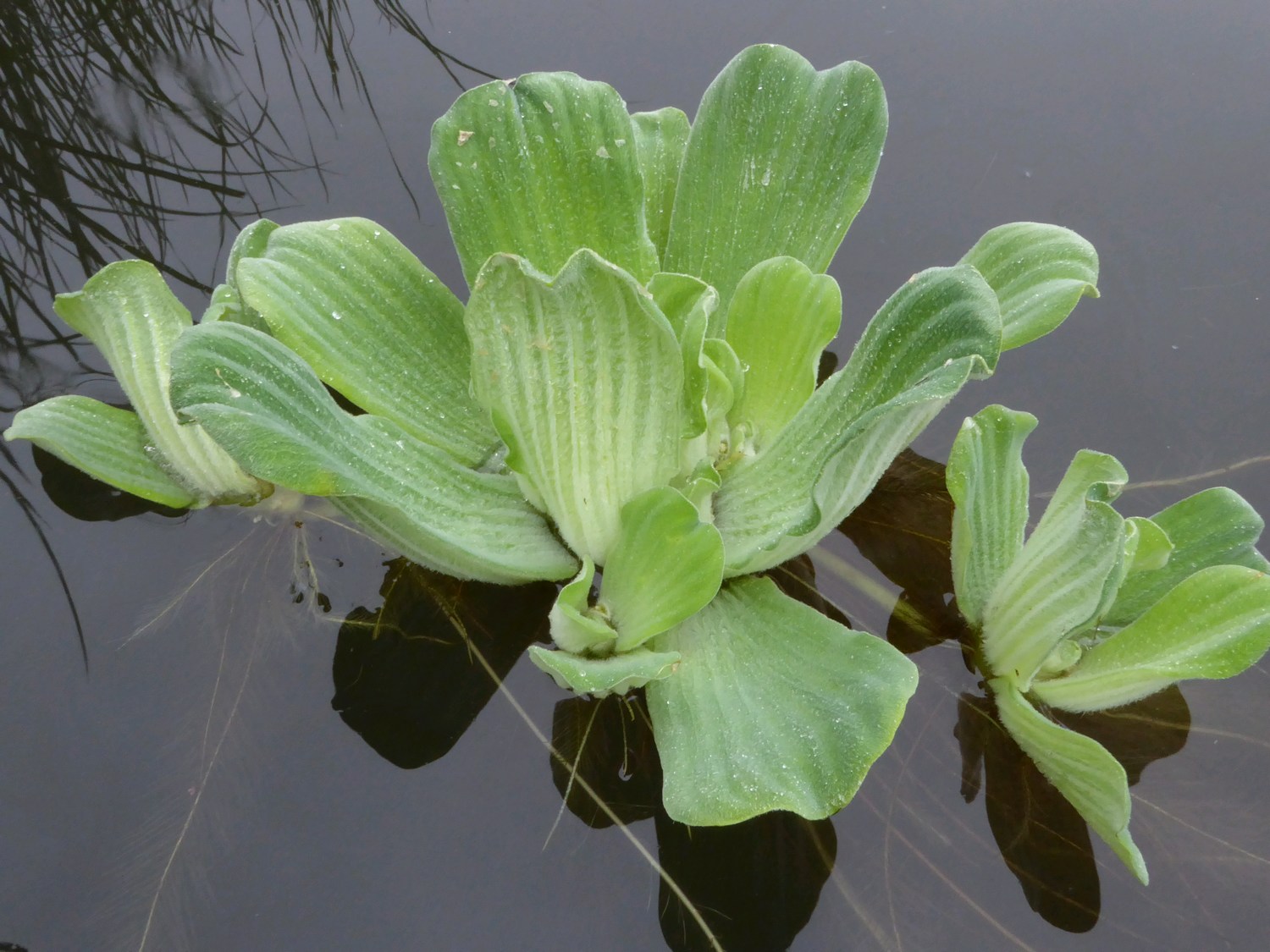
Best Pond Plants to Reduce Nitrates
Are you worried that the nitrogen content in your pond is too high?
Nitrates can pose a severe problem for fish in your pond because these chemical compounds do not support the ecological system. Nitrates can exhaust koi fish and cause redness in fins, and cause them stress. Additionally, high nitrogen content has been observed to stunt fish growth. Plus, nitrates encourage the development of algal blooms in your pond, which can be a nuisance!

Koi fish in pond.
Here are a few fish-friendly plants to grow in your pond to combat nitrates:
Water Smartweed
Historically, water smartweed has been grown by Indian tribes that used it as a food source, for farming, and deriving medicinal uses for pain relief. Water smartweed grows best in shallow water (such as ponds) before it is big enough to thrive in larger and deeper bodies of water. This attribute makes it ideal for getting rid of nitrates in your pond all throughout the year. It acts as a purifier as it soaks in nitrates or convert their chemical form through a process called ‘denitrification’.

Watercress (Rorippa nasturtium)
Any pond dominated by watercress, formally known as rorippa nasturtium is bound to experience a sharp decrease in its nitrogen levels. Watercress plants have shown exceptional capabilities regarding nitrogen uptake and processing to synthesize it into organic plant compounds. Plus, growing watercress in your pond will make it easier to incorporate this nutritional herb into your diet. It is an incredible source of vitamin K and calcium. The best part? It is packed with cancer-fighting free radicals and antioxidants! You get to counter the nitrogen crisis in your pond and gain access to a healthier lifestyle at the same time.
Water Lettuce
A picture of healthy water lettuce.
Water lettuce is another aquatic plant species that can gobble up nitrates without showing any mercy. Varieties such as pistia stratiotes can successfully extract up to 83% of the nitrogen content in a shallow-water pond. If you are looking for aesthetics along with functionality, then you need to grow this floating plant. It is bound to add more greenery and foliage to your pond as it combats the surplus levels of nitrates. You will be pleased to learn that these hardy plants require barely any maintenance. They can survive well without needing much help!
Duckweed
Duckweed is one of the most readily available plants that you can get your hands on if you are concerned about the nitrate levels in your pond. With its hundreds of rounded leaves, this plant has an insatiable appetite for nitrogen content. It is fast-growing and multiplies quickly, so you will see results within a few days or weeks. Make sure that your pond has enough nutritional content and sunlight access to allow duckweed to flourish and take control over your pond. Please note that these weed plants may crawl all over your pond, which may call for trimming every once in a while. Fish do not mind feasting on it too!
Moss Balls

Moss balls look like furry tennis balls!
Have you seen tiny tennis balls covered in mushy greens sitting around in ponds and other water bodies? Those are called moss balls!
These plants are incredibly efficient when it comes to soaking in nitrates, nitrites, and ammonia. They are known for their filtering and purification properties which is why they are used by fish farmers. You will not have to worry about taking care of moss balls because they are incredibly hardy and can survive with scarce levels of other nutrients. However, you need to know that koi fish love snacking on these plants! You get to kill two birds with one stone but you will need to be mindful of how many of these you need to grow.
Find out more information about choosing the right plants for a KOI pond in our previous article.


